Membrane Transporter/Ion Channel
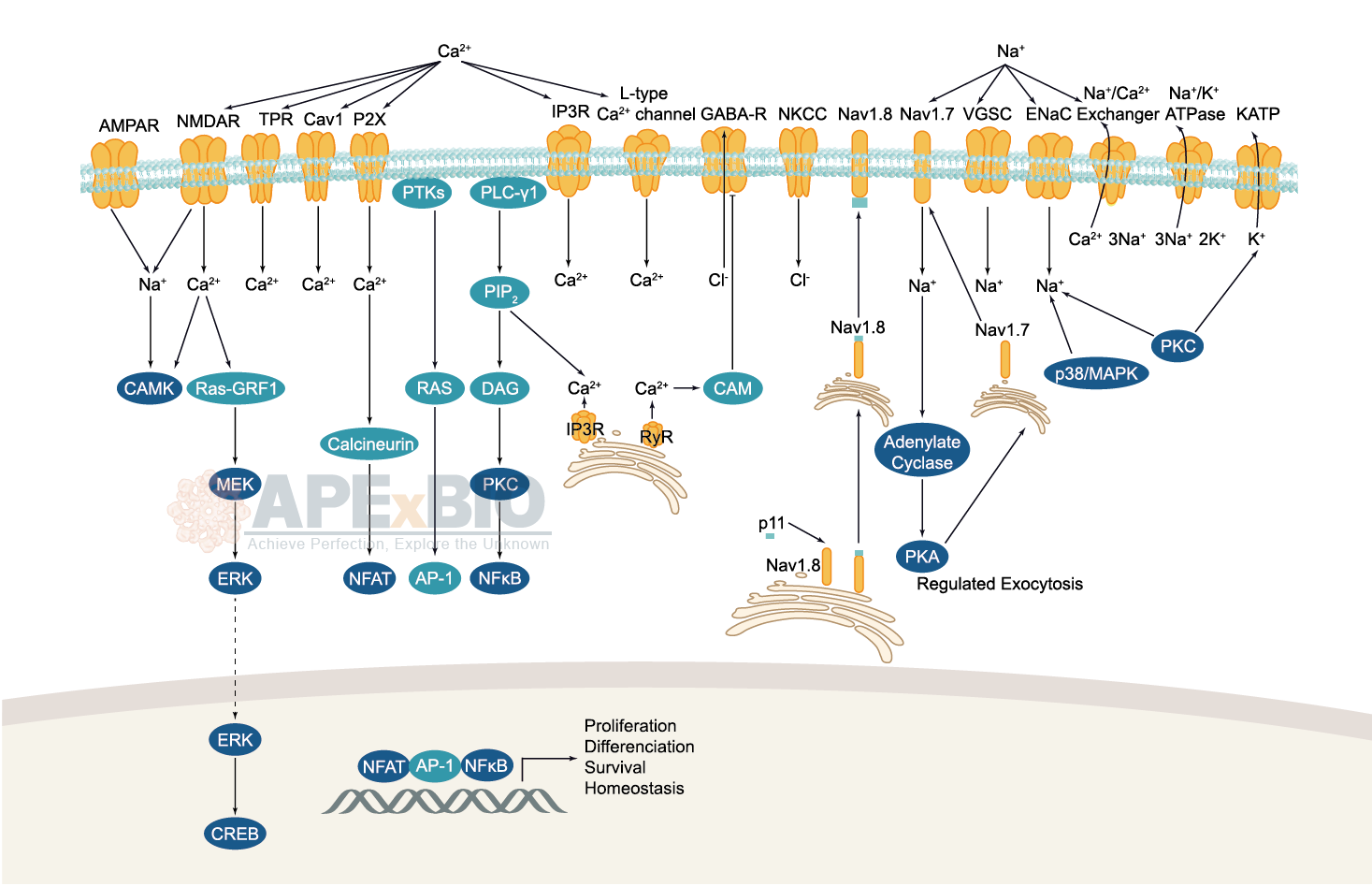
Ion channels are pore-forming membrane proteins which allow the flow of ions across the membrane. The ion channels can be broadly grouped into six families including calcium channels, chloride channels, potassium channels, sodium channels, gap junction proteins and porins. Not all ion channels are gated, such as certain type of K+ and Cl– channels, transient receptor potential superfamily of cation channels, the ryanodine receptors and the IP3 receptors, but most Na+, K+, Ca2+ and some Cl– channels are all gated by voltage. Ligand-gated channels are regulated in response to ligand binding (e.g. neurotransmitters signaling). These ligand-gated neurotransmitter receptors are known as ionotropic receptors. Various neurotransmitters couple to ionotropic receptors such as glutamate, acetylcholine, glycine, GABA, and serotonin.
-
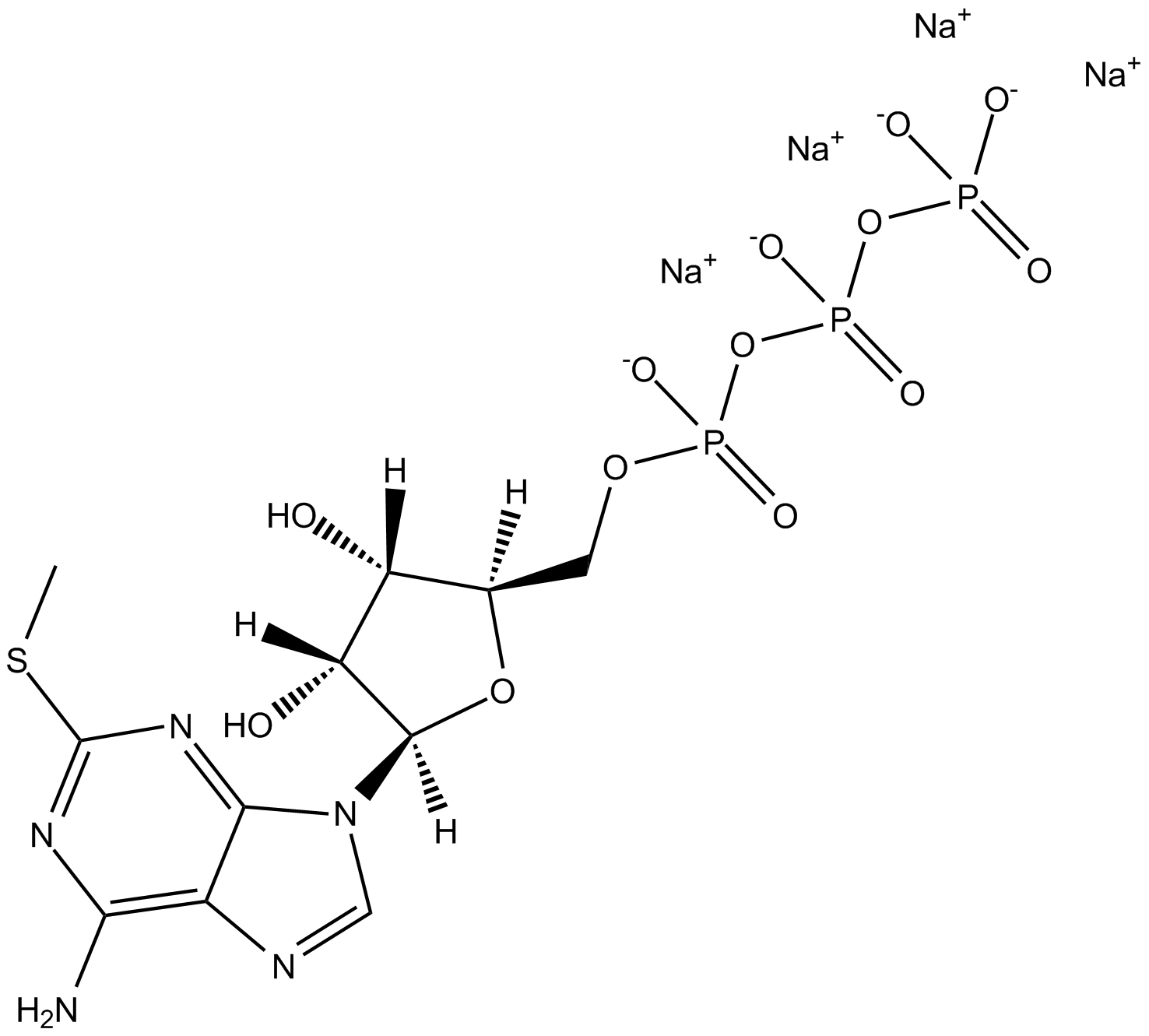 B6577 2-Methylthioadenosine triphosphate tetrasodium saltSummary: P2 purinoceptor agonist
B6577 2-Methylthioadenosine triphosphate tetrasodium saltSummary: P2 purinoceptor agonist -
 B6591 IberiotoxinSummary: blocker of the big conductance Ca2+-activated K+ channel
B6591 IberiotoxinSummary: blocker of the big conductance Ca2+-activated K+ channel -
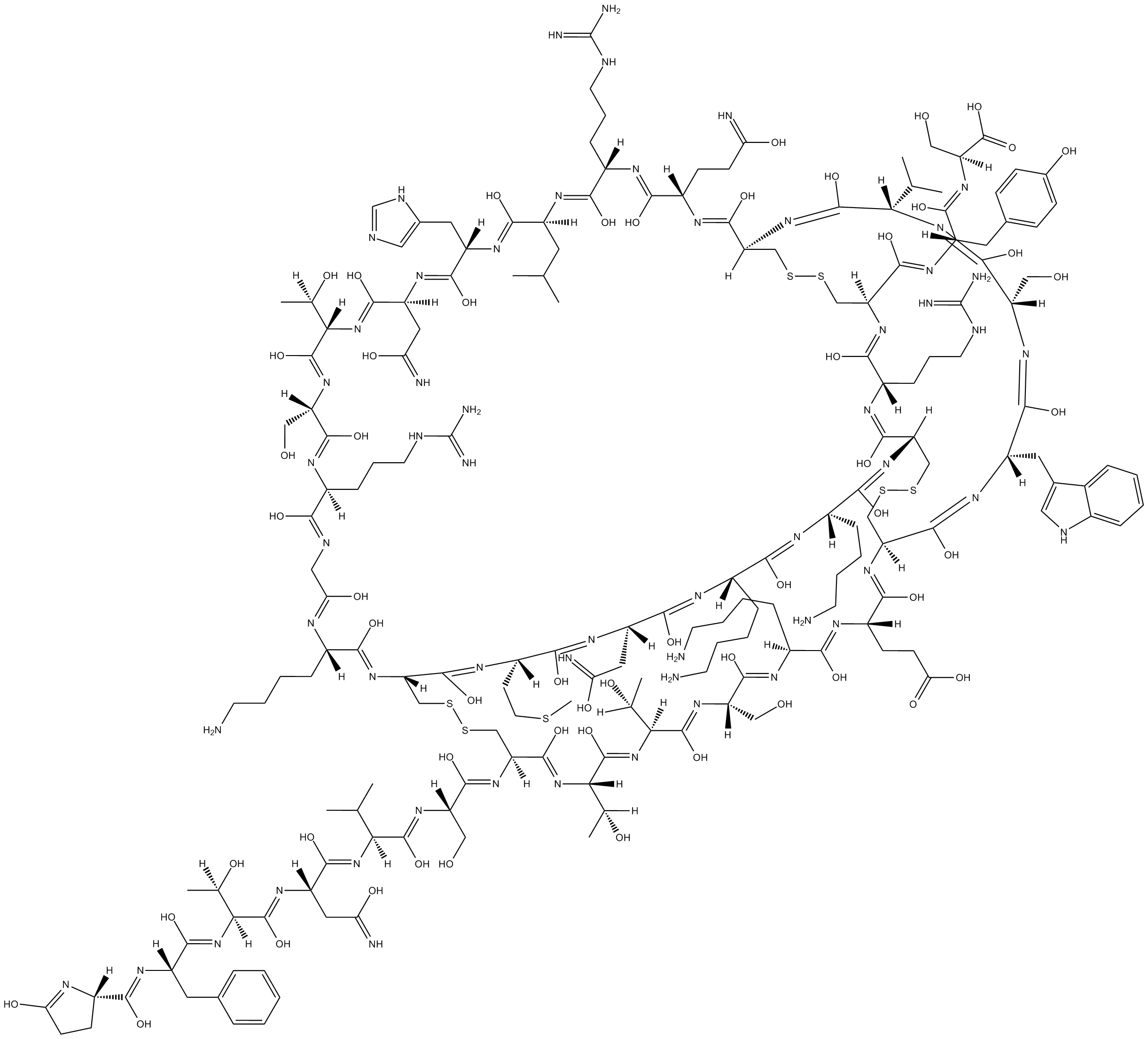 B6592 CharybdotoxinSummary: inhibitor of the big conductance Ca2+-activated K+ channel
B6592 CharybdotoxinSummary: inhibitor of the big conductance Ca2+-activated K+ channel -
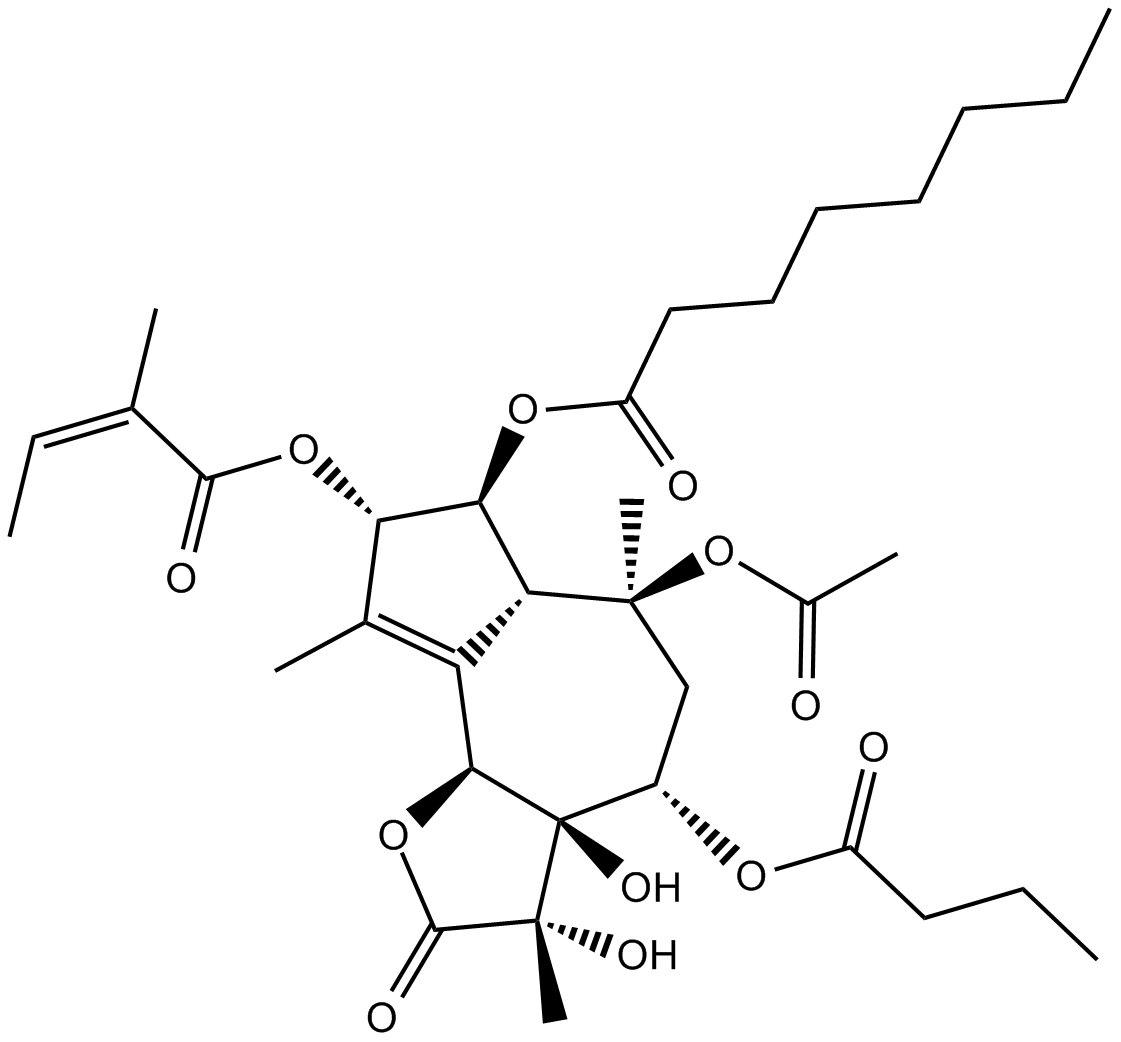 B6614 Thapsigargin10 CitationTarget: Ca2 -ATPasesSummary: sarco-endoplasmic reticulum Ca2+-ATPases inhibitor
B6614 Thapsigargin10 CitationTarget: Ca2 -ATPasesSummary: sarco-endoplasmic reticulum Ca2+-ATPases inhibitor -
 B6646 A23187, free acidSummary: Ca2+ ionophore
B6646 A23187, free acidSummary: Ca2+ ionophore -
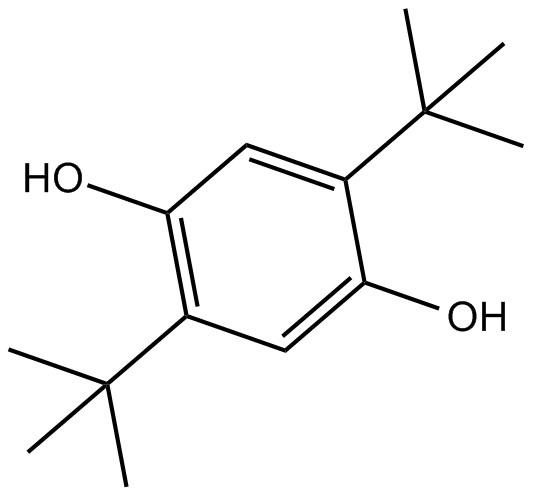 B6648 BHQSummary: inhibitor of endoplasmic reticulum Ca2+-ATPase
B6648 BHQSummary: inhibitor of endoplasmic reticulum Ca2+-ATPase -
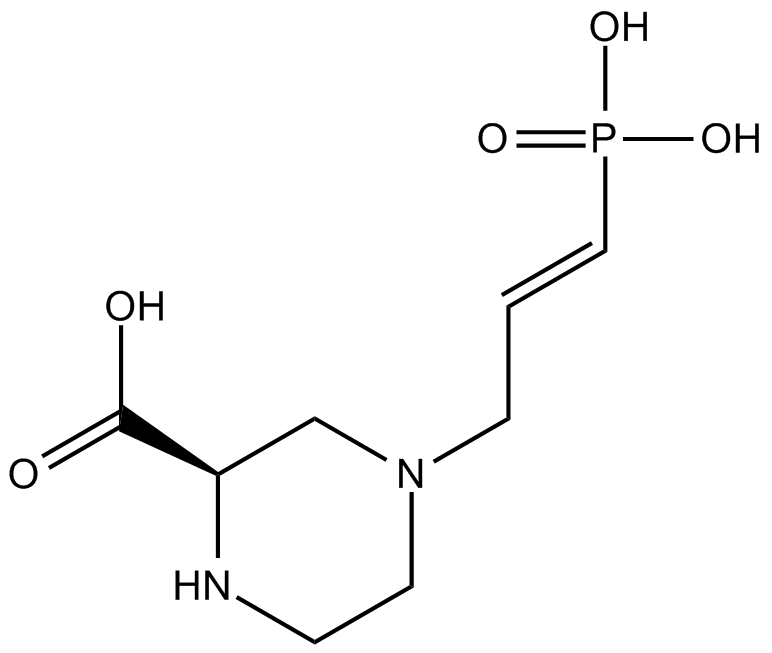 B6665 D-CPP-eneSummary: NMDA antagonist
B6665 D-CPP-eneSummary: NMDA antagonist -
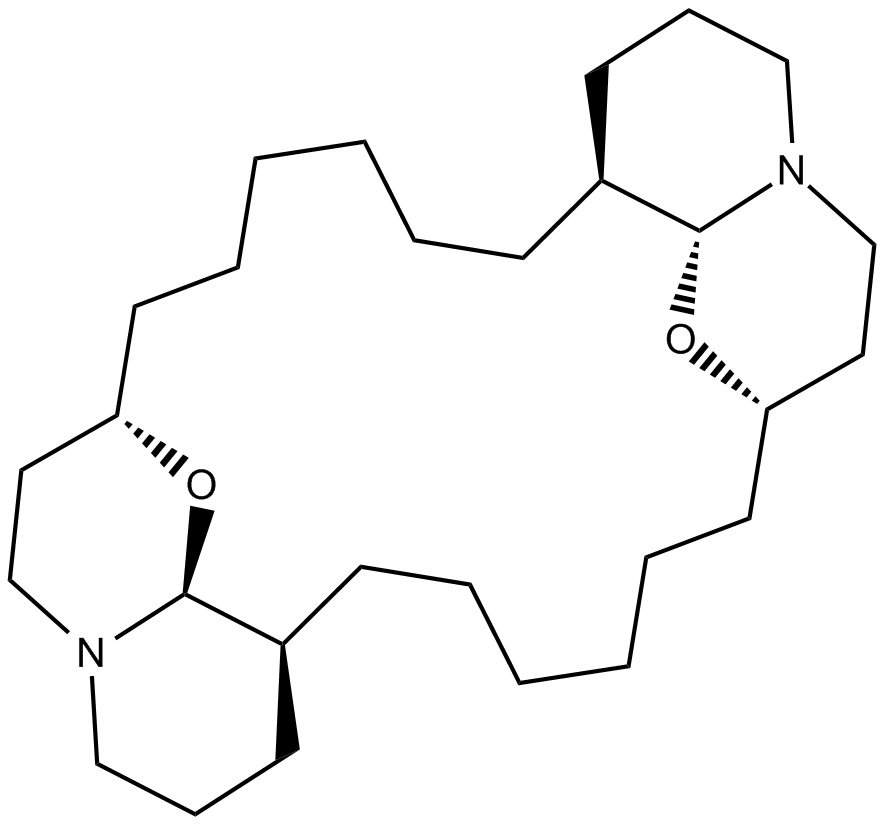 B6668 (-)-Xestospongin CSummary: IP3-dependent Ca2+ release inhibitor
B6668 (-)-Xestospongin CSummary: IP3-dependent Ca2+ release inhibitor -
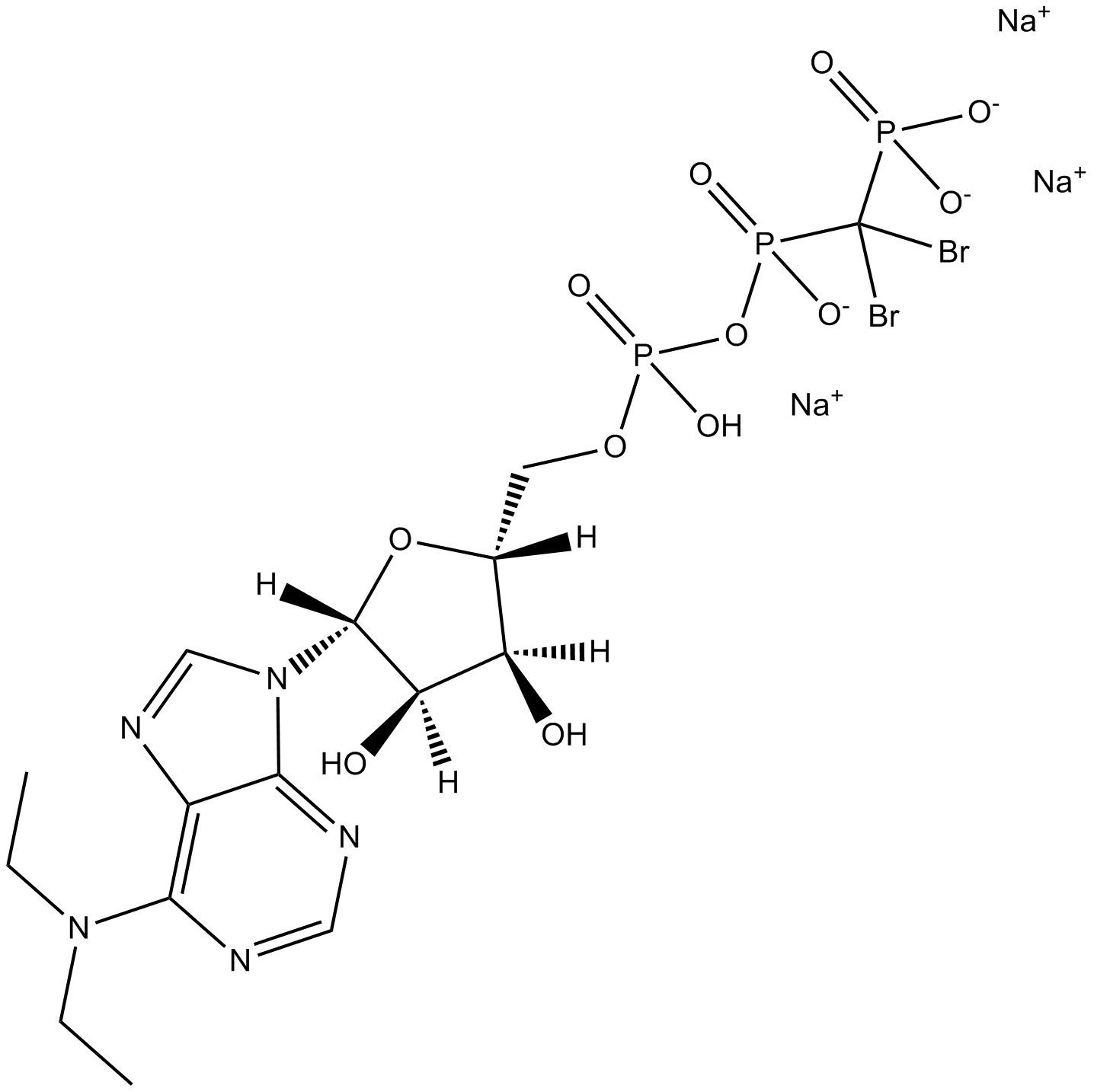 B6670 ARL 67156 trisodium saltSummary: ecto-ATPase inhibitor
B6670 ARL 67156 trisodium saltSummary: ecto-ATPase inhibitor -
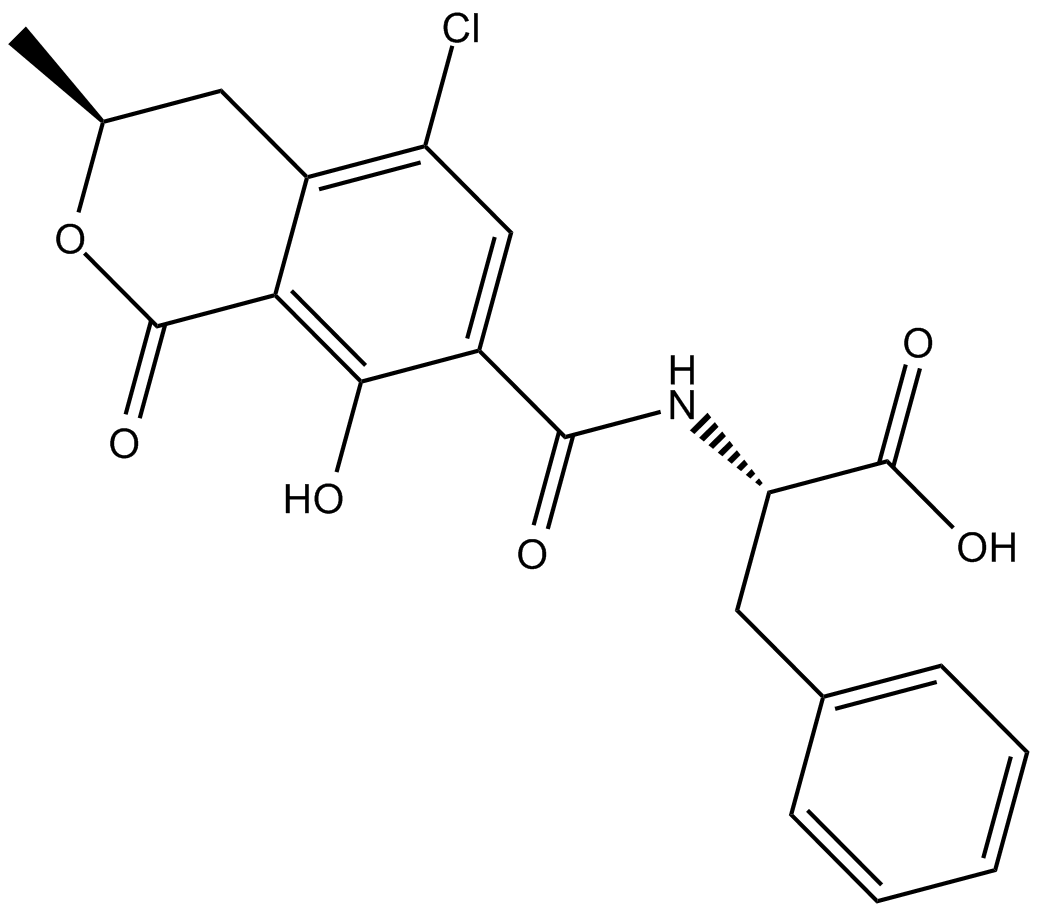 B6675 Ochratoxin ASummary: endoplasmic reticulum ATP-dependent calcium pump activator
B6675 Ochratoxin ASummary: endoplasmic reticulum ATP-dependent calcium pump activator

